Montana Media: "All the Young Men" and the Power of Poitier
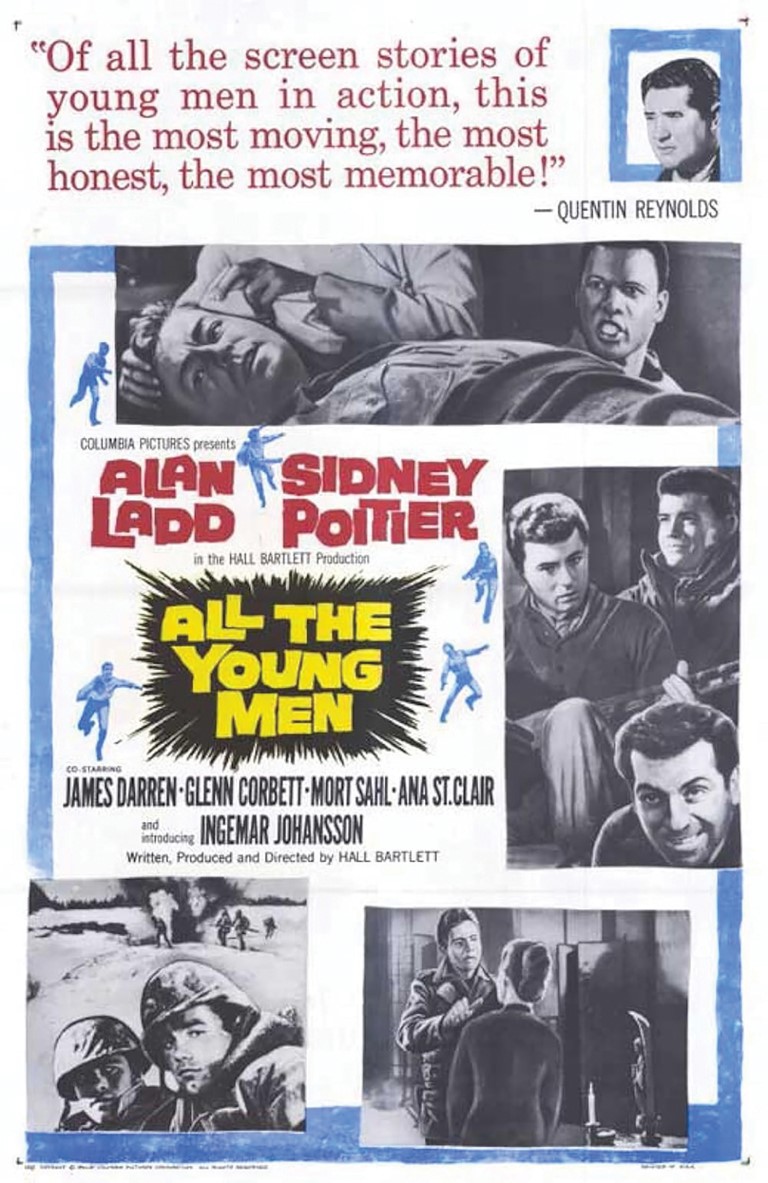
It’s hard to grasp now just how transformative Sidney Poitier was as a movie star during the 50s and 60s. The significance of his screen presence and the projects he participated in can sometimes, in light of a later historical vantage point, be seen as somehow inevitable or as a stock feature of the mid-century American cultural landscape. Subsequent generations of African American actors would respond against what came to be seen as the limitations, if not passivity, of his star image. But the fact remains that Poitier redefined the parameters of what an American movie actor could be, and aided in the fight for societal change in the process. Glacier National Park served as one the canvases where Poitier’s career took shape, in masquerading as wartime Korea. All The Young Men(1960) may not be widely remembered now, but it still serves as an intriguing and revealing capsule of American culture. Nominally a genre picture about the Korean war, it says as much, if not more, about the dawn of the 1960s.
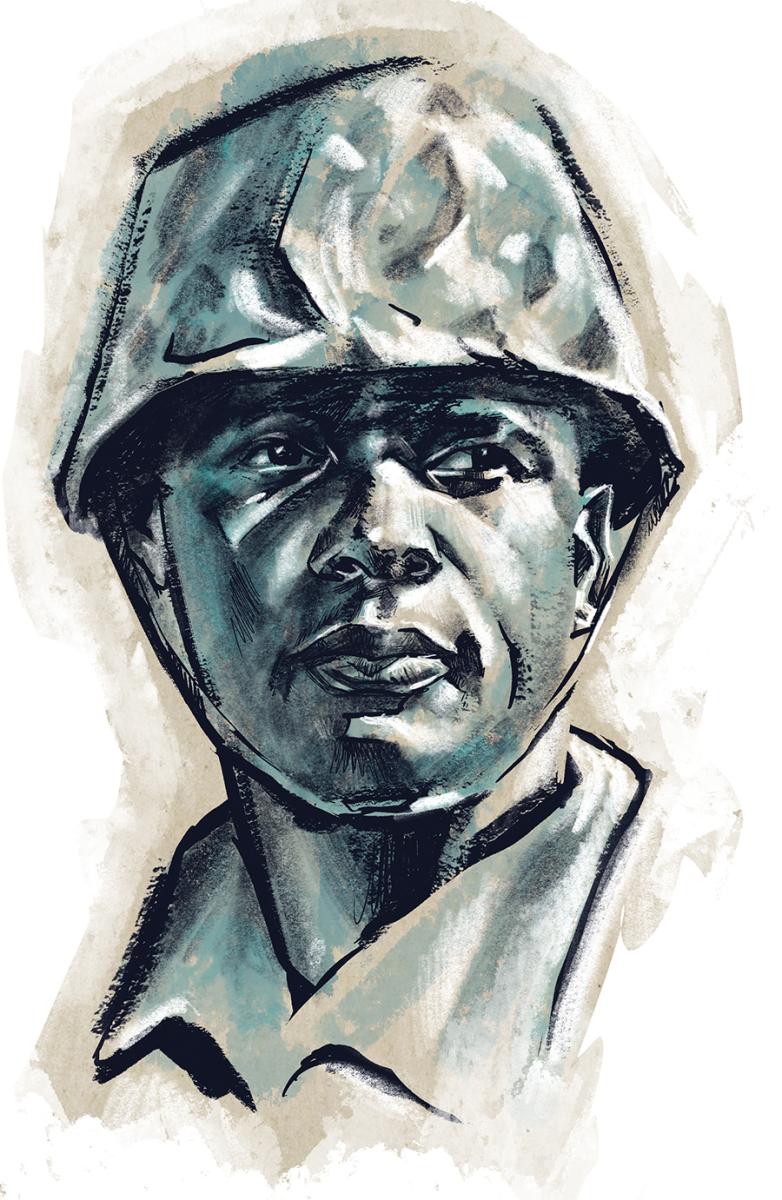
The plot concerns a company of marines on a mission to take hold of an abandoned farm house in a strategically significant canyon. But on the way there they are ambushed by Chinese communist troops; the Lieutenant(Charles Quinlivan) is killed in the fighting. Before passing, he passes on command to Sgt. Eddie Towler(Poitier). Towler, the only Black member of the company, faces reluctance from the rest of the men, who have a preference for the older and more experienced Sgt. Kincaid(Alan Ladd). But Towler is committed to seeing the mission through. And besides, they have no other choice but to go forward. Even when they do reach the farmhouse, there is no guarantee that the hoped for reinforcements will come before the enemy closes in.
The film was directed by Hal Bartlett, a director and producer who formed his own independent production company in 1952(creatively titled Hal Bartlett Productions). Though he periodically did work within the major studio system, he wanted the leeway to pursue projects that dealt with the struggles of those facing oppression. It was a tactic for which Stanley Kramer opted during this time as well, resulting in pictures like The Defiant Ones(1958), which had been a successful showcase for Sidney Poitier and Tony Curtis. One of the challenges All The Young Men faced in preproduction was the reluctance of the distribution company, Columbia Pictures, to back the film with Poitier as the sole star. Alan Ladd was willing to co-star, using his own recently formed production company to co-finance the film. There were two different advertising campaigns made for the picture, one for release in segregated states and one for elsewhere; unsurprisingly, the former downplayed Sgt. Towler’s leadership role as much as possible, while the latter emphasized it, including with lines of dialogue not in the finished film.
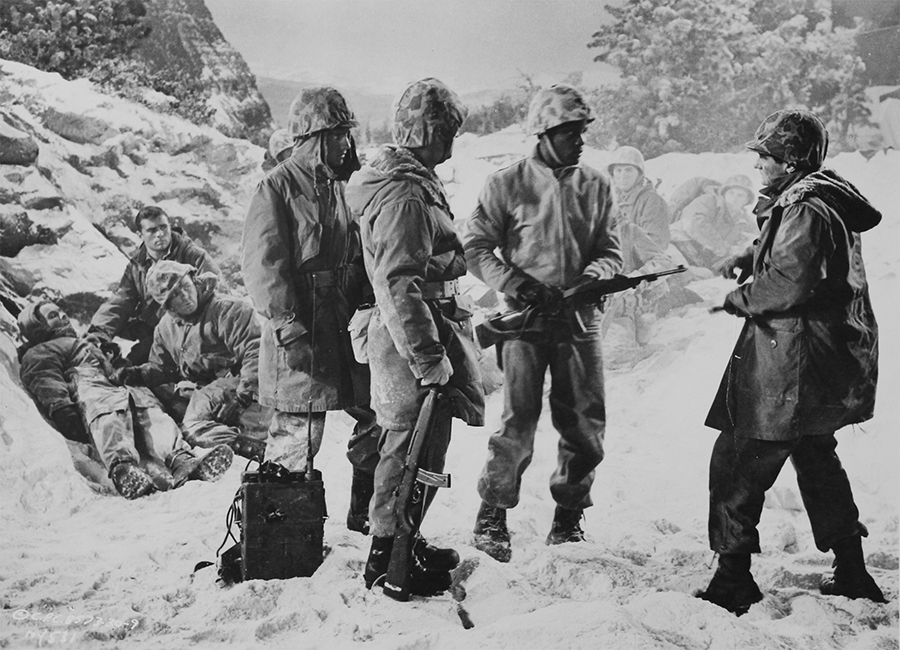
Production could only begin when Poitier was able to take a break from the Broadway run of A Raisin in the Sun (the excellent film version of which would be released the following year). The crew arrived at St. Mary’s, Montana, one of the Eastern gateways to Glacier National Park, for location shooting. Alas, the weather interfered, as the weather in Montana will do. Heavy fog, blizzard conditions, and a massive windstorm that trashed the farmhouse set resulted in delays. Some location shooting was picked up later at Mt. Hood in Oregon, though Mother Nature wasn’t cooperative there either. Eventually, studio set work was necessary, complete with fake snow. In total, the production, which was originally scheduled for twenty-eight days, took fifty-four. Even with the offscreen turmoil factored in, the location footage of Glacier’s dramatic peaks still adds a palpable sense of frigid space and peril, particularly in the film’s opening sequences.
It is worth noting that the enemy Chinese soldiers (seen forever in long shot) were all played by local members of the Blackfoot nation. A more questionable casting choice was Bartlett’s decision to cast his Argentine wife Ana Maria Lynch(credited as Ana St Clair) as a Korean civilian holed up in the farmhouse. The role is quite small, essentially there to help foster Towler’s integrity when he defends her against assault by the platoon’s racist Southerner (Paul Richards, who hailed from Los Angeles), but it still emerges as a dated marker, made more ironic than it otherwise might be by the film’s well-intentioned integrationist messaging.
Indeed, it is possible to see All the Young Men as a sample of the twilight of Old Hollywood alongside the dawn of the New, in the person of its two leads. Alan Ladd, a major star of the 40s and 50s, would be dead four years after the film’s release; his longtime battle with alcoholism had taken a visible toll by the time of his appearance in the film. The weathered quality his character possesses was as much a reflection of reality as it was a performance. The movie may be a standard offering in many ways, but thanks to it we have a snapshot of the beginning of a new era for Hollywood and a new era for America. A snapshot made all the more impressive thanks to Glacier National Park.
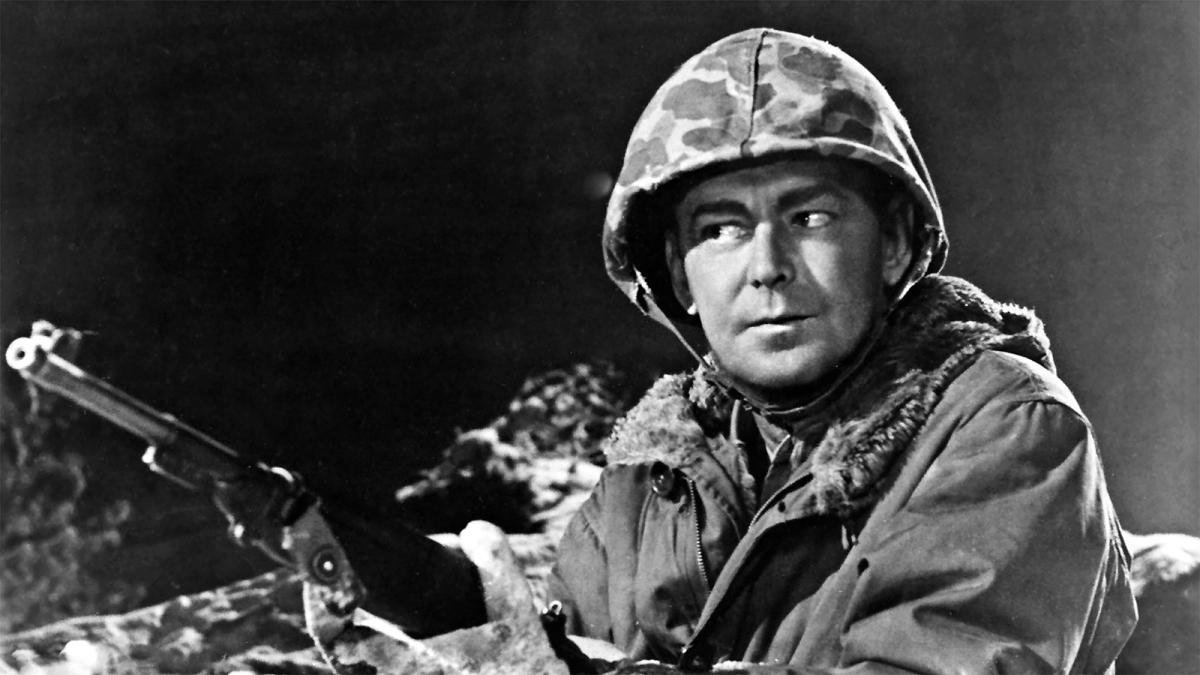
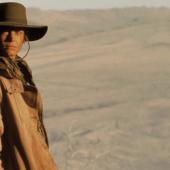
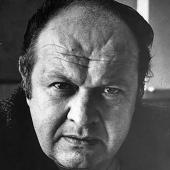
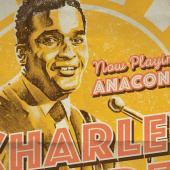
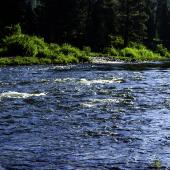

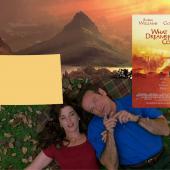

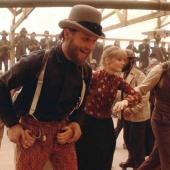
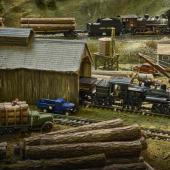
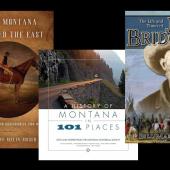
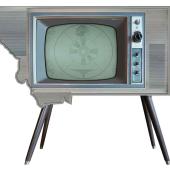
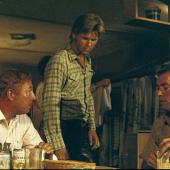
Leave a Comment Here